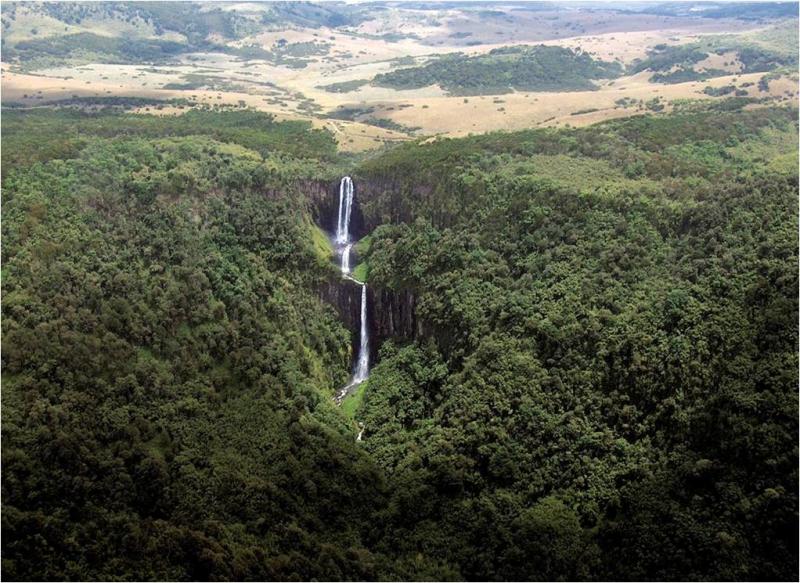×
The Standard e-Paper
Smart Minds Choose Us

It’s unbelievable what unity of purpose and determination can achieve in three decades. From 1989 to 2018 the Rhino Charge has raised Sh1.5 billion towards the conservation of Kenya’s water towers.
It is one of the few sport events run with a national conservation purpose to safeguard the integrity and ecological functions of mountain forests, also known as water towers as they are the source of all main rivers in the country.